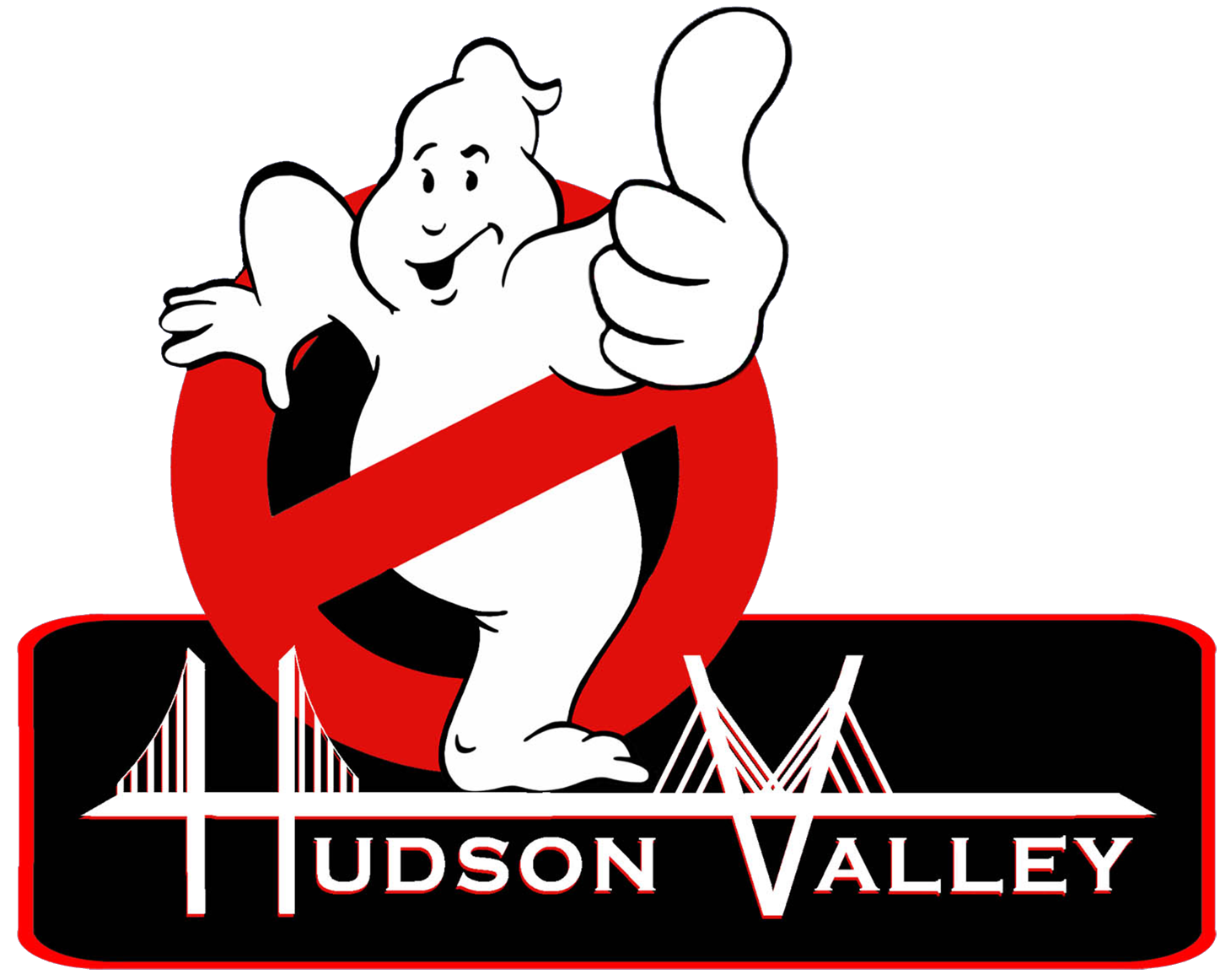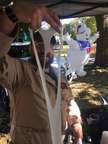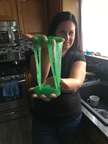Hudson Valley Ghostbusters
Hudson Valley Ghostbusters, Inc, is a 501(c)(3) non-profit committed to helping our local community and having some fun along the way
Science of Slime!
Why Do We Make Slime?
The Ghostbusters are no strangers to slime. From Slimer to Vigo's river of it under the streets of Manhattan, we deal with slime all the time. On top of our history with the stuff, slime is making a comeback as a DIY-at-home science experiment for kids. All this allows us to use our unique expertise to entertain, educate, and engage with people of all ages about the science of slime and to raise money for charity to boot.
How Do You Make Slime?
Start with glue! The best kind is polyvinyl-acetate (PVA) washable school glue.
Next, add baking soda and mix well. Add food coloring before the next step.
Finally, add contact lens solution. The boric acid in the solution combines with the baking soda to create a chemical called a crosslinker. The crosslinker helps the glue molecules stick together.
What Is Slime?
Slime is a non-Newtonian fluid, which means its viscosity can change when under force to be either more liquid or more solid.
You can pick it up like a solid, but it will ooze like a liquid.
If you pull it slowly, it will flow freely. Pull it quicky and it breaks easily, because you're breaking apart the chemical bonds.
Why Is Slime So Stretchy?
It's all about the polymers! A polymer is made up of very large chains of molecules.
The glue used in slime is made up of long chains of polyvinyl acetate molecules. These chains slide past one another fairly easily which keeps the glue flowing.
You have several slime activators to choose from (all in the boron family). These include contact lens solution, liquid starch, and borax powder; all contain similar chemicals for making a slime substance. Crosslinking is what happens when the glue and activator are combined!






